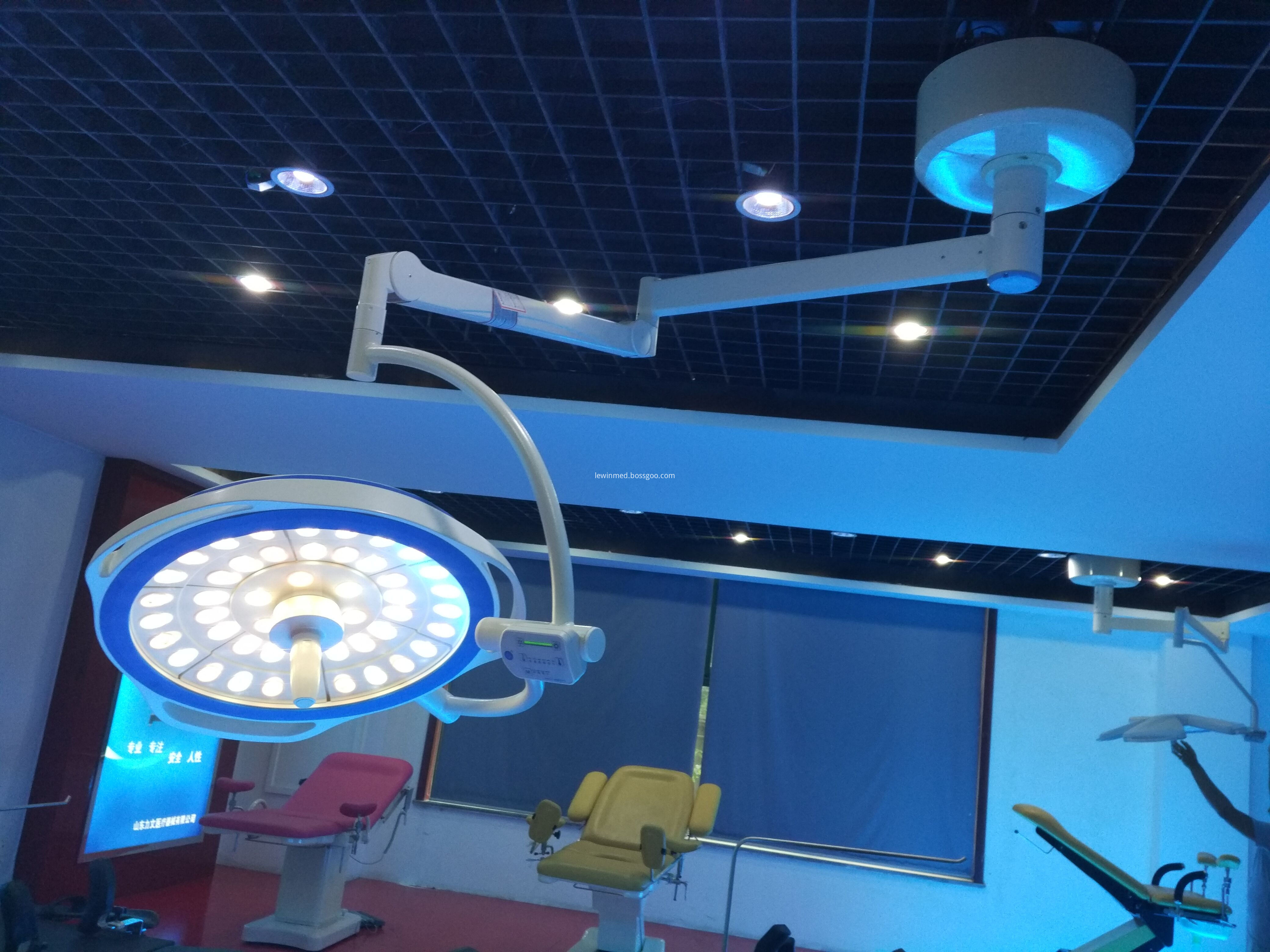In spring, temperatures began to rise, rainfall increased, pests and diseases began to sprout, and some sensitive seedlings also began to sprout. Therefore, according to these conditions, the early spring management of nurseries should be strengthened in time. Generally, the following four issues should be noted:
In the early spring, the weather is changeable, and the warming and cooling changes greatly. Especially in the rainy and snowy days, there are often frosty weather, and it is easy to injure seedlings in reverse. Therefore, we must pay attention to doing a good job of antifreeze. For seedlings planted on protected land, before the onset of frost days and cold waves, large sheds must be detained; if necessary, coverings on the shed film, such as grass mullets, etc., should also be covered; on the other hand, some valuable seedlings can be kept in the shed. A small arching film is installed to increase the temperature and keep the seedlings. When the weather is clear, it can be exposed and received light. In sunny days, the temperature rises quickly. To prevent the temperature in the shed from rising, the temperature in the shed should be highly noticed. Cooling, to prevent high temperature seedlings; on the open nursery nursery, before the strong cold wave, but also set up a barrier in the north to withstand the cold wave attacks.
Wet and wet springs will prevent spring rain, snow, and low-lying nurseries. Once the soil contains too much water, it will not only reduce the soil temperature, but will also have poor permeability, which will seriously affect the growth of seedling roots. In severe cases, it will also cause dead seedlings of seedlings, which will affect seedlings to warm up. recovery. Therefore, when entering the spring, clear trench work around the nursery site should be done before the rain, and the original drainage ditch should be cleaned once; if there is no drainage ditch, the drainage ditch should be opened and the existing ones can be properly deepened. Mingshui can drain, dark water can filter, so that nursery after the rain no water; especially for some drought-resistant trees such as skunk, locust, cloves, etc., but also should pay attention to when the water is drained immediately to prevent the hazard of groundwater level; A shallow-medium cultivating soil in the nursery, combined with the application of some ash, can increase the moisture absorption and promote the growth and development of the seedlings.
Some fertilizer seedlings can be sowed or cut in the early spring. In order to fertilize nurseries, organic fertilizer should be used when basal fertilizer is applied. If organic fertilizer is not applied, it will be easily injured when the temperature rises. Root injury seedling seedlings; for the seedlings that have just begun to grow, when chasing fertilizers, they should also be careful not to over-concentrate too much, it is best to use thin, decomposed human and animal manure water; it must not be over-concentrated. Or chemical fertilizers to prevent root burning.
Diseases that are common in the disease-fighting of spring seedlings include: damping-off disease, blight, root rot, and anthracnose. In particular, damping-off and blight are common. As temperature rises and rainfall increases, the incidence rate is high and spreads quickly. The enemy of seedling production often causes a large number of seedlings to die. These diseases are caused mainly by fungi. The optimum soil temperature for Pythium is 12°C to 20°C, and the optimum soil temperature for Rhizoctonia and Fusarium is about 20°C. At a suitable temperature and relative humidity of between 10% and 100%, the greater the humidity, the stronger its infestation and reproduction. At this time, seedlings are generally young and susceptible to infection. Therefore, after the spring nursery management: 1 to strengthen the anti-raining work rainy season, the nursery high groundwater level, should be deepened or open drainage ditch, drainage and humidity; 2 timely removal of diseased seedlings once found to have damping off, blight The diseased seedlings must be collected and destroyed. At the same time, lime powder should be sprinkled around the diseased seedlings to prevent their re-infestation and spread. 3 After spraying spring, every 10 to 15 days, 0.5%~1 can be used per acre nursery. % Bordeaux mixture 50-75 kg, or 65% 500% solution of 75-dozen zinc zinc sprayed seedlings, so that the seedlings can form a protective layer on the surface, to prevent the invasion of bacteria and directly kill the bacteria.
The single dome LED series cold-light shadowless surgical lights of our factory, which are adopted LED bulbs as the light source, the OT lamp has owned the authentic cold illiminant effect, improved the characteristics of high color rendering, high gemcore, low vertifo, high equitability, low electromagnetic interference, long life span, LED bulb can be more than 50,000 hours, low power consumption etc, it is the new advanced products to instead of traditional shadowless operation lamps;

Single Dome Round Ot Lamp,Single Dome Operation Light,Single Dome Surgery Lamp,Single Dome Operating Lamp
Shandong Lewin Medical Equipment Co., Ltd. , https://www.lewinmed.com